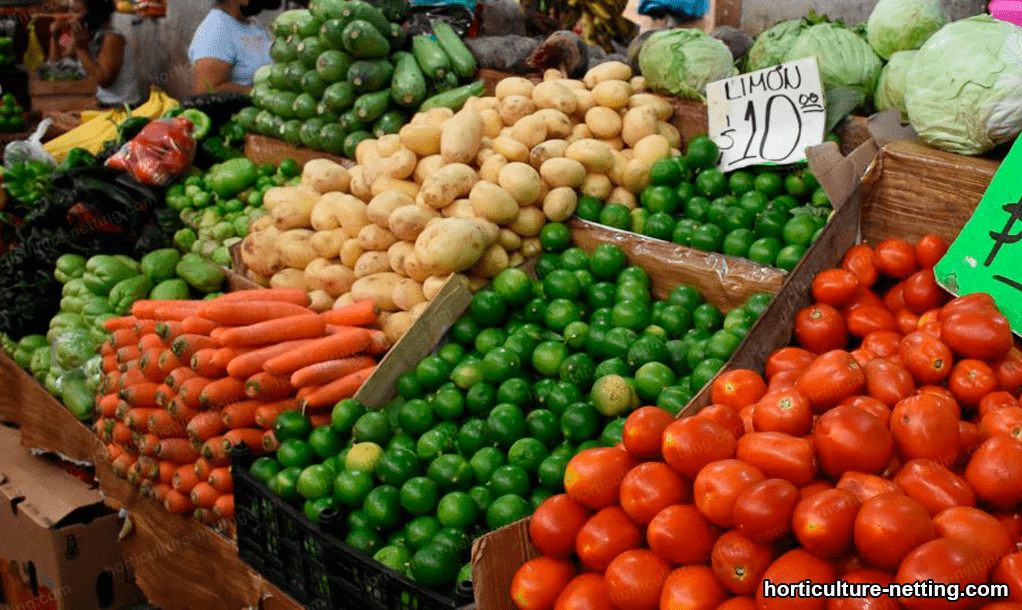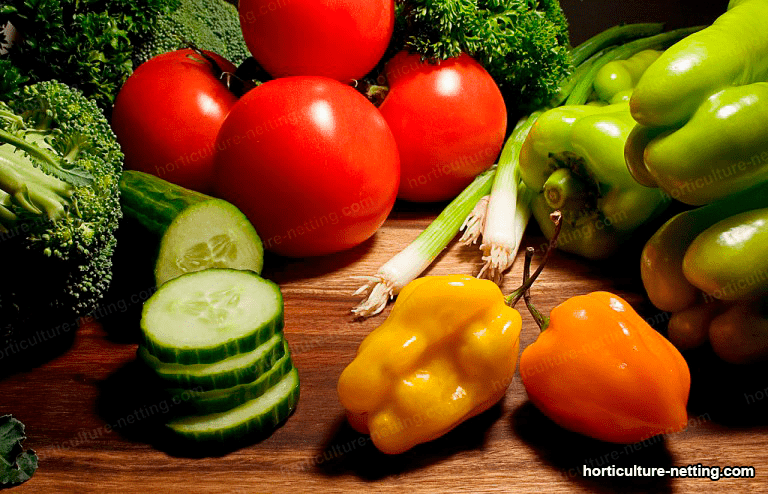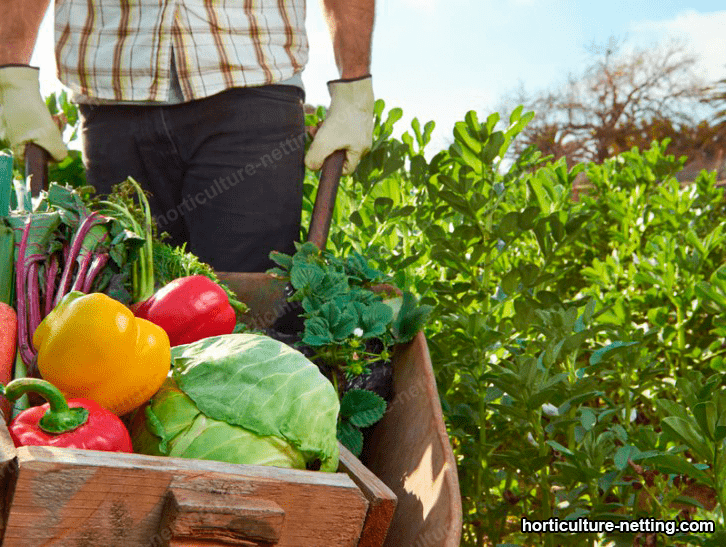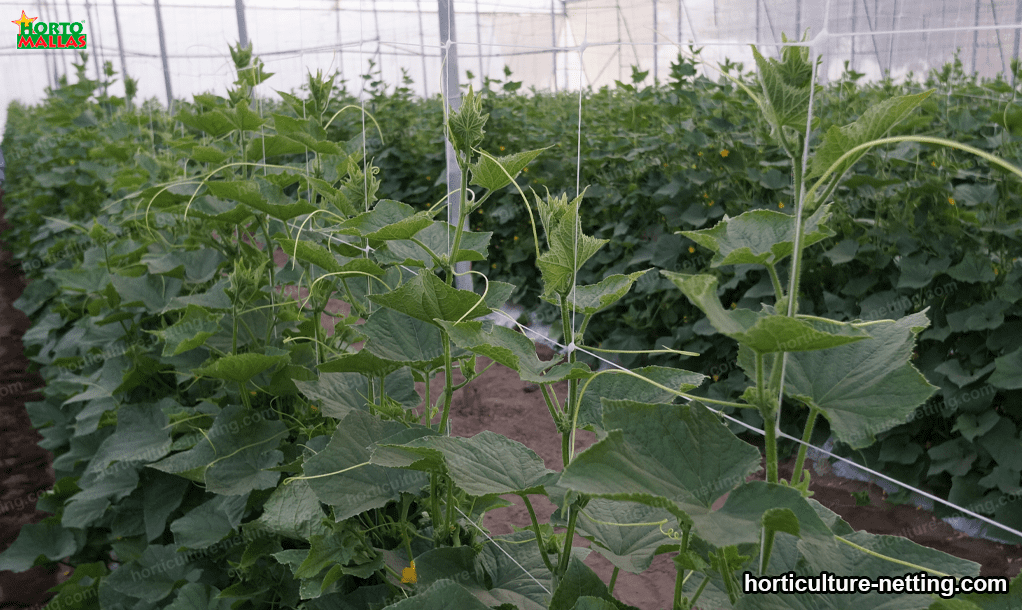In vegetable production, production horticultural, production pathogen control is essential for good yields and healthy crops.
The following are the 5 most dangerous horticultural netting can also be used to help increase yields. The use of netting can increase the amount of light and air reaching the crops pathogens for vegetable crops, and we will discuss their impact and control:- Fusarium oxysporum – This pathogen is a fungus that causes Fusarium dieback, a disease commonly known as root death.
Fusarium oxysporum – This pathogen is a fungus that causes Fusariosis, a disease commonly known as root dieback. This disease can turn crops into break-even situations and even losses, if not properly controlled. Some of the ways to prevent this pathogen are soil management and insect control, as well as limited irrigation.
Verticillium albo-atrum – A fungal pathogen found in soil. It causes rooting and root rot in crops, leading to a drastic reduction in yields. Control of this pathogen can be achieved through the use of resistant cultivars, or also by soil amendment and/or tillage.

Alternative alternate is a fungus that causes Alternariosis in crops.
This disease can cause drastic yield reduction and also root rot. It is best prevented through the use of resistant varieties and insect control.
Acrophobia phaseolina – A pathogenic yeast that causes a disease known as Macrophominiosis. This disease can greatly reduce yields of affected crops. It can be prevented by using resistant cultivars or treating seeds with fungicides prior to planting.
Puccinia SPP. – These pathogens are known as gray spores, which can greatly reduce yields. Control requires the use of fungicides such as copper metal. It is also recommended to implement some weed management practices to limit their spread.
It is necessary to be aware of the main pathogens that can threaten vegetable crops.
Prevention is an important weapon to prevent these pathogens from damaging crops. Using resistant varieties, insect control, weed control, weed eradication, good soil management, seed treatment.
As well as the use of fungicides such as copper metal are some of the ways to prevent and control these pathogens. Preventing damage caused by these most dangerous pathogens is the best way to maintain healthy crops and obtain good results.

Problems caused by over handling of a horticultural crop
Over handling of a horticultural crop is a problem that is seen all too often. It is a practice that can have very serious repercussions and can affect both the environment and the quality of life of the people involved. This is because any excessive change contributes to a disadvantage in the environment, compromising crop productivity, food quality and overall health.
One of the biggest problems related to over-manipulation concerns the loss of biodiversity and the spread of diseases among the crop. Over-selection of plant species not only reduces botanical diversity, but also favors the emergence of invasive species. The abusive use of pesticides, herbicides and fertilizers also contributes to biodiversity loss, as these products can eliminate beneficial and productive insects, as well as harm other organisms in the ecosystem.
A complication generated by over handling is the risk of soil and food contamination.
The overuse of chemicals such as pesticides can contribute to the potential contamination of soil and water, which can result in poor quality of the food produced. In addition, overuse of these products can cause toxicity in food, which can be very dangerous to human health. In addition, an issue to consider with over handling of crops is the risk of wear and tear. Due to the extensive use of farming equipment and vehicles.
Such as tractors, trucks and tractors, the soil used for cultivation is affected over the long term. This creates a cycle in which the land becomes increasingly fragile and unproductive, which can lead to economic disaster for farmers.
Finally, over-manipulating crops can have social repercussions.
As excesses in machinery use can lead to increased mobility rates and increased traffic in the field. This often has a direct negative effect on the rural population, as scarce resources, such as water and electricity, are used to meet crop needs.
Over handling of a horticultural crop has serious repercussions for the environment, food production and human health. This poses a serious threat to the economy and long-term food security. The solution lies in the conscientious use of farm machinery, minimizing the use of chemicals and promoting soil and environmental conservation. If farmers and the government achieve a better balance between resource use and productivity, the problems contributed by over-manipulation will be reduced and the environment and economy will improve.
Preventing crop diseases using horticultural netting
Growing vegetables and fruits in containers or vacant lots is a task that many people successfully perform each year without knowing the proper procedures to prevent crop diseases. One of the best methods to prevent crop diseases is to use horticultural netting. Horticultural netting is a protective material made of galvanized steel wire, which is used to cover plants and crops to prevent insect damage.
Diseases and bad weather from ruining crops. Horticultural netting is also used to shade certain plants and fruits so that they receive the proper amount of sunlight.

This netting is a durable product that does not require too much maintenance.
It should simply be inspected each spring to make sure there are no parts literally worn away by sun, rain or wind action. Although there are many types of insulated horticultural netting on the market, scaffold-coated horticultural netting is best suited for most orchards and gardens. These nets are generally used for hanging flowers and vines, but can also be used to cover entire crops.
When installing horticultural netting to prevent disease, growers should ensure that the netting fits tightly against the soil so that there are no openings through which insects or harmful weeds can infiltrate. They should also ensure that the borders of the netting are located in a place that is easy to maintain. Once the netting is in place, growers should destroy any jungle vegetation present in the area covered by the netting. This helps control the presence of invasive weeds, which reduces competition with the crop.
While reducing the risk of spreading any diseases that may be present in the crop.
In addition to protecting plants against any diseases.
Horticultural netting can also be used to help increase yields. The use of netting can increase the amount of light and air reaching the crops, which keeps the fruit and vegetables free from infection as they grow. It also prevents wild grasses and weeds from competing with the crop. Although netting can reduce the risk of crop disease.
The use of fumigants and pesticides may still be necessary to eradicate insects and diseases that may have taken up residence in the crops covered by the netting.
A major advantage to consider of using horticultural netting is that it helps protect the crop from frost and wind.
Self-protection is a safe method that growers can use to protect generally delicate crops, such as certain fruits and flours. This means that farmers can protect their crops in a more natural way without the need for pesticides and fumigants.
Horticultural netting is a practical and effective method of preventing crop diseases and increasing yields. These nets have a small wiz and can be reused for many years, making it an excellent investment. In addition.
Horticultural netting is also a safe practice to protect crops from diseases without having to use pesticides or fumigants.

Leave a Reply